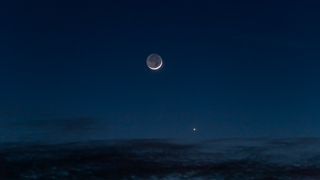the moon
Latest about the moon
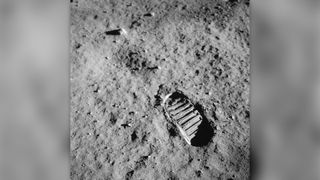
Humans are changing the moon's surface so much it's entered a new geological era, scientists say
By Ivan Paul published
Researchers hope their proposal of declaring a new geological era on the moon — the Lunar Anthropocene — will encourage discussion around human impact and help preserve important cultural artifacts such as footprints and rover tracks.
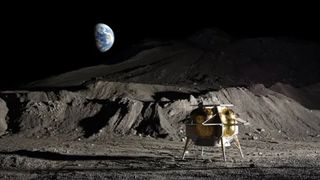
The Peregrine Lunar Lander is set to launch on Dec 24. Here's what it'll bring to the moon
By Monisha Ravisetti published
NASA and scientists from around the world are sending new science instruments, as well as a few stocking stuffers, to the moon on Dec. 24 in the debut launch of a new rocket.
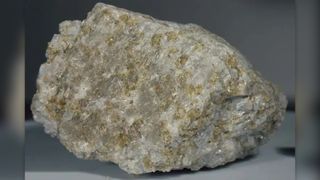
Hydrogen discovered in Apollo-era moon rocks could change the future of lunar exploration
By Sharmila Kuthunur published
Hydrogen detected in Apollo-era moon rocks suggests that future astronauts could harvest water available right on the moon to use as rocket propellant and for life support.
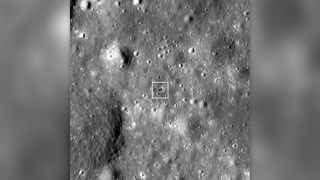
Chinese rocket carrying 'undisclosed' object crashed into the moon and left twin craters, study claims
By Ben Turner published
China has denied that one of their rockets crashed into the moon's surface in 2022, leaving mysterious twin craters behind, but new research adds fresh evidence to the debate.
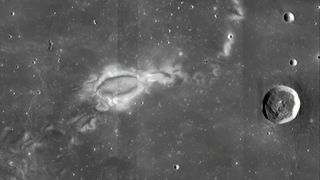
Mysterious 'lunar swirls' that perplexed scientists for decades may be close to an explanation
By Briley Lewis published
No one knows what causes lunar swirls, but new evidence shows they may be tied to certain elevations on the moon's surface.
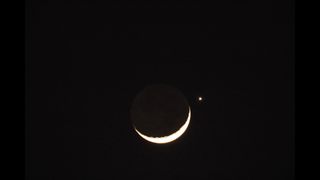
The moon will 'smile' at Venus this Thursday. Here's how to see it.
By Jamie Carter published
Look up early Thursday (Nov. 9) to witness one of the most beautiful celestial sights of 2023 — a 'smiling' crescent moon dancing with bright Venus in the predawn sky.
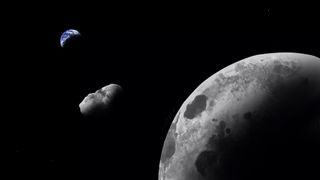
A chunk of the moon appears to be orbiting near Earth, new study suggests
By Ben Turner published
The asteroid Kamo'oalewa may have been ejected by a massive impact on Earth's moon, a new simulation has revealed.
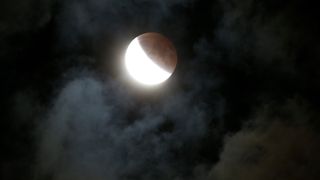
How to watch the full 'Hunter's Moon' get eclipsed this weekend
By Jamie Carter published
October's full 'Hunter's Moon' will drift into Earth's shadow for a partial eclipse on Oct. 28.
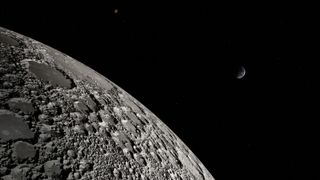
Moon is 40 million years older than we thought, tiny crystals from Apollo mission confirm
By Harry Baker published
A new analysis of zircon crystals from the Apollo 17 mission has revealed that the moon formed around 40 million years earlier than past geological evidence suggested. However, our cosmic companion may be even older than that.
Sign up for the Live Science daily newsletter now
Get the world’s most fascinating discoveries delivered straight to your inbox.
